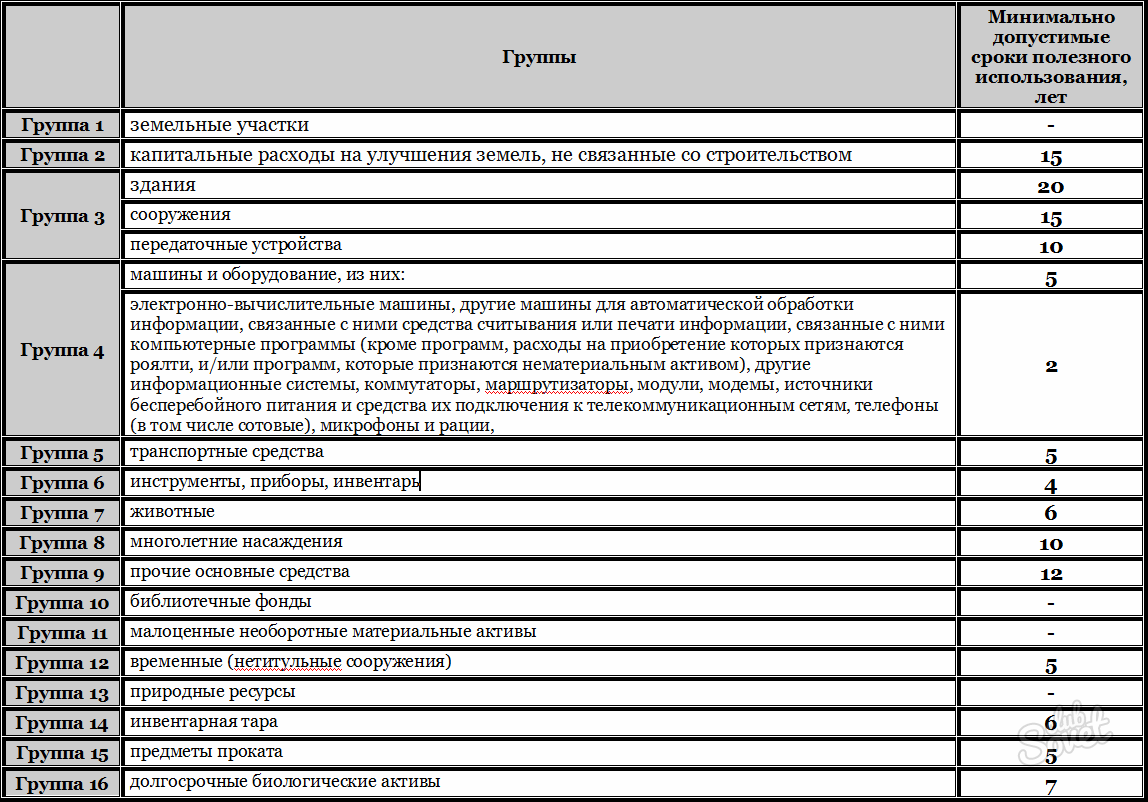The main funds of the enterprise throughout the entire service life are subjected to wear, which ultimately leads to their full damage and unsuitability. In this regard, in order not to incur losses due to the failure of fixed assets, the company applies in the accounting records of depreciation deductions, which accumulate at the enterprise's current account for financing capital investments in new fixed assets.
The sum of all depreciation deductions in a separate form of fixed assets should be equal to the initial cost. Based on this rule, methods of calculating depreciation, which apply to various groups of fixed assets, and also have its advantages and disadvantages:- rectilinear method;
- method of reducing residual value;
- the method of accelerated reduction of residual value;
- cumulative method;
- production method.
- calculate the amortized value, which is equal to the difference between the initial and liquidation cost;
- divide the depreciable cost for useful uses to obtain an annual amount of depreciation;
- divide the annual depreciation amount for 12 months to determine the monthly depreciation deductions.
- calculate the annual rate of depreciation: find the ratio of liquidation value to the initial, remove the root from this number with the value of the degree equal to the useful life, take this result from the unit and multiply by 100% - this figure is calculated as a percentage;
- to calculate the annual amount of depreciation at the beginning of the first year of operation, multiply the initial cost to the depreciation rate;
- for calculations of the next anniversary - the residual value for the relevant rate of depreciation.
- to find a cumulative coefficient, divide the number of years remaining until the end of the useful life is for a cumulative number;
- the cumulative number is the sum of the numerical values \u200b\u200bof each year of use of the object, for example, use time - 4 years, cumulative number \u003d 1 + 2 + 3 + 4 \u003d 10;
- annual depreciation deductions are equal to the product of the depreciable amount per cumulative coefficient.
Depreciation deductions are not made according to some types of fixed assets: on land and natural resources, because their consumer properties do not change over time; by fixed assets that were received free of charge (privatized or donated); By housing, with the exception of those objects that are used in commercial activities.




































